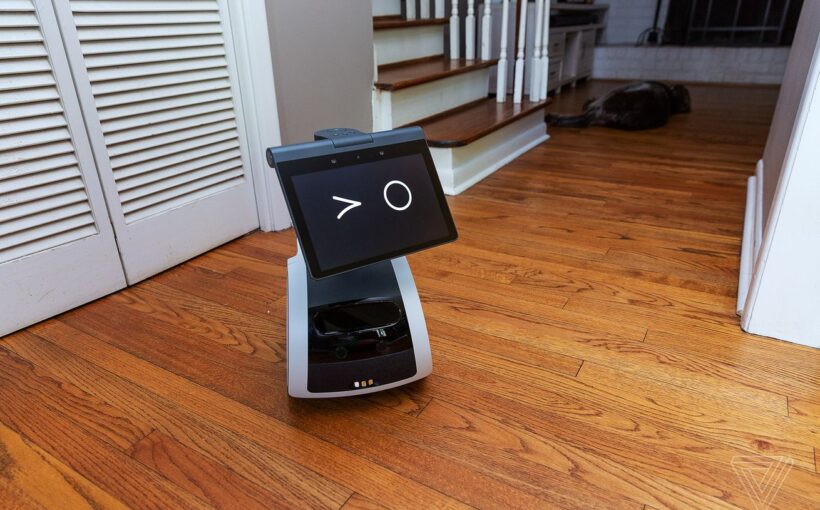A new technique helps a nontechnical user understand why a robot failed, and then fine-tune it with minimal effort to perform a task effectively.
Copyright: news.mit.edu – “A Faster Way To Teach a Robot”

“Right now, the way we train these robots, when they fail, we don’t really know why. So you would just throw up your hands and say, ‘OK, I guess we have to start over.’ A critical component that is missing from this system is enabling the robot to demonstrate why it is failing so the user can give it feedback,” says Andi Peng, an electrical engineering and computer science (EECS) graduate student at MIT.
Peng and her collaborators at MIT, New York University, and the University of California at Berkeley created a framework that enables humans to quickly teach a robot what they want it to do, with a minimal amount of effort.
When a robot fails, the system uses an algorithm to generate counterfactual explanations that describe what needed to change for the robot to succeed. For instance, maybe the robot would have been able to pick up the mug if the mug were a certain color. It shows these counterfactuals to the human and asks for feedback on why the robot failed. Then the system utilizes this feedback and the counterfactual explanations to generate new data it uses to fine-tune the robot.
Fine-tuning involves tweaking a machine-learning model that has already been trained to perform one task, so it can perform a second, similar task.
The researchers tested this technique in simulations and found that it could teach a robot more efficiently than other methods. The robots trained with this framework performed better, while the training process consumed less of a human’s time.
This framework could help robots learn faster in new environments without requiring a user to have technical knowledge. In the long run, this could be a step toward enabling general-purpose robots to efficiently perform daily tasks for the elderly or individuals with disabilities in a variety of settings.
Peng, the lead author, is joined by co-authors Aviv Netanyahu, an EECS graduate student; Mark Ho, an assistant professor at the Stevens Institute of Technology; Tianmin Shu, an MIT postdoc; Andreea Bobu, a graduate student at UC Berkeley; and senior authors Julie Shah, an MIT professor of aeronautics and astronautics and the director of the Interactive Robotics Group in the Computer Science and Artificial Intelligence Laboratory (CSAIL), and Pulkit Agrawal, a professor in CSAIL. The research will be presented at the International Conference on Machine Learning.
Source: SwissCognitive, World-Leading AI Network.



